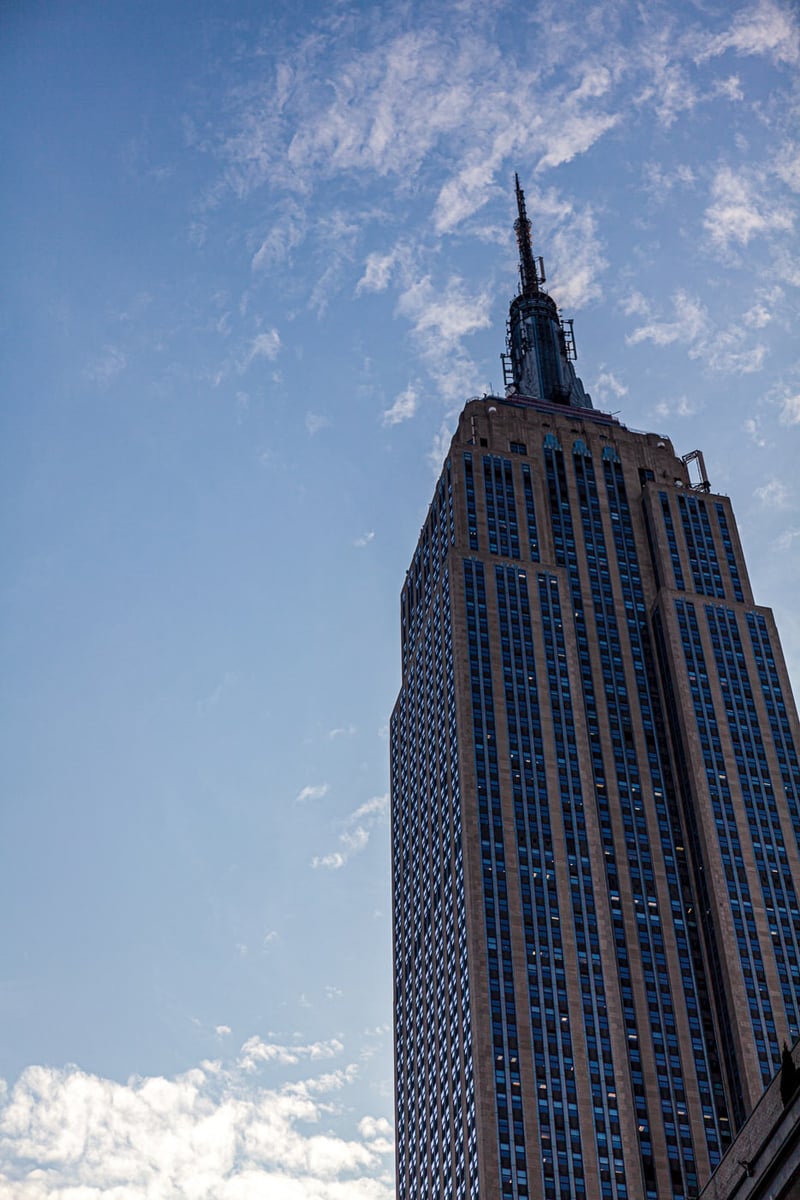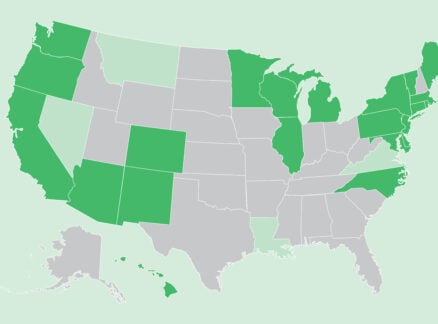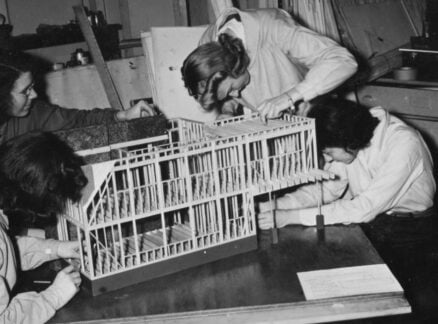
September 18, 2020
A New Standard Helps Create Confidence That It’s Safe to Return
The Well Health-Safety Rating developed by IWBI offers third party verification of health and safety features as buildings begin to reopen to the public.

On March 11, 2020, the WHO designated COVID-19 a pandemic. Cities, states, and nations around the world responded by restricting everyday activities, helping to limit the disease’s spread and create a sense of security, however tenuous. Now, months later, with businesses and organizations considering restoring operations, questions loom. If home and distance represent safety, what do we make of the public spaces we’ve suddenly abandoned? How will we know when it’s safe to return?
By way of an answer, the International WELL Building Institute, known as IWBI, has launched the WELL Health-Safety Rating, a new evidence-based rating system that provides third-party verification of health and safety features for all new and existing building and facility types.
IWBI is best known for its WELL Building Standard, a rating system designed to enhance health and wellness. The new rating, whose features are a subset of those under the WELL Building Standard, is designed to help organizations operate, maintain, and design facilities specifically in a post-COVID 19 environment. In practice, this means this is a rating system that rewards providing sick leave and health benefits, promoting flu vaccines, supporting frequent handwashing, and implementing effective cleaning protocols, among other features.
To develop this rating, in late March IWBI formed a COVID-19 Task Force, a group of nearly 600 experts representing fields including public health, virology, government, academia, business, architecture, design, building sciences, and real estate. Despina Katsikakis, head of occupier business performance at Cushman Wakefield, a global commercial real estate services firm based in Chicago, was among those experts.

“The impacts of the virus have been many, but not the least is the anxiety of uncertainty about where people feel safe,” she says. “Achieving this new WELL Health-Safety Rating is a great way to increase confidence that evidence-based steps to do the right thing have been taken to keep health front and center as the economy reopens.”
In addition to the COVID-19 Task Force, the new rating system is informed by guidance from the Centers for Disease Control and Prevention (CDC), the World Health Organization (WHO), the Department of Health and Human Services, the National Institutes of Health (NIH), emergency management agencies, other standard-making bodies, and leading academic and research institutions.
The WELL Health-Safety Rating includes 21 features across five core areas: Cleaning and Sanitization Procedures, Emergency Preparedness Programs, Health Service Resources, Air and Water Quality Management, and Stakeholder Engagement and Communication. To be certified, a minimum of 15 features must be met.

The WELL Health-Safety Rating is available for all building types, and it may be pursued independently or as a stepping stone to achieve the broader WELL Certification. The list of takers so far includes a few iconic facilities— the Empire State Building and Yankee Stadium are both certified, according to IWBI.
Dana Robbins Schneider, senior vice president and director of energy, sustainability, and ESG with Empire State Realty Trust, says her company was well positioned to respond to something as catastrophic as COVID-19. The company, which counts the Empire State Building among the properties in its portfolio, had implemented initiatives over the years to promote health, safety, wellness, and environmental quality. According to Robbins Schneider, the new Health-Safety rating is a comprehensive response with clear ties into prior work.
“The ability to have a third party verify the intensity, rigor, and science-based data on which our policies were developed demonstrates our commitment to our tenants, employees, and visitors,” she says. “It’s one more step to validate for everyone that we’re doing all we can to keep all of our building occupants safe and healthy.”
You may also enjoy “Design Before Air Conditioning Surveys Early Experiments in Climate Control.”
Would you like to comment on this article? Send your thoughts to: [email protected]
Register here for Metropolis Webinars
Connect with experts and design leaders on the most important conversations of the day.





